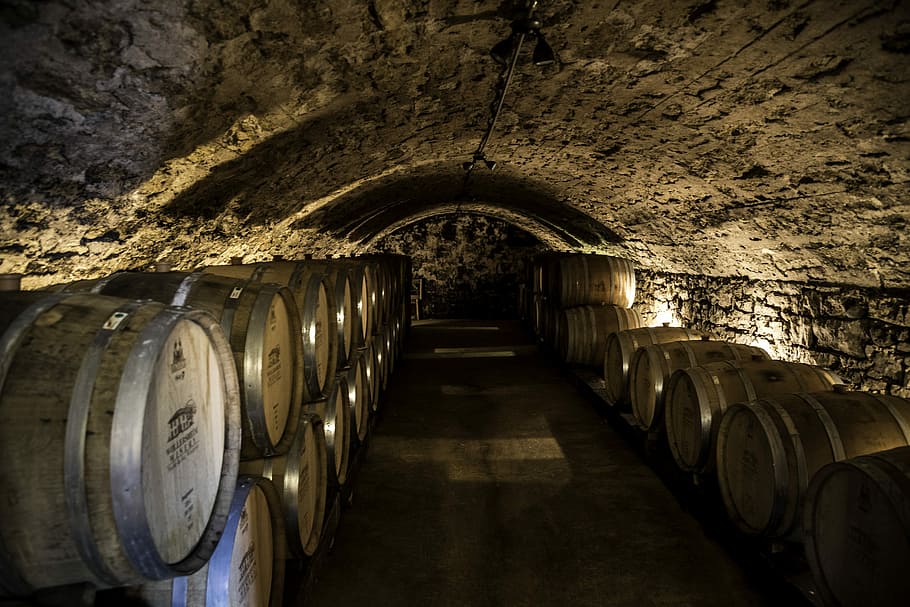
Dear readers, welcome to the second installment in our blogging series. We are as psyched up as you, for an exciting journey into time to amplify the intricacies of your favorite wines!
Picture this: Time is what enhances WINES, elevates their quality and taste. Acidity mellows, while additional clarification and stabilization processes remove unwanted elements, resulting in a smoother and more refined beverage. Over time, the ingredients integrate to create intricate compounds that shape distinct flavor and aroma. This is evolution is attained by letting them undergo remarkable transformations through aging.
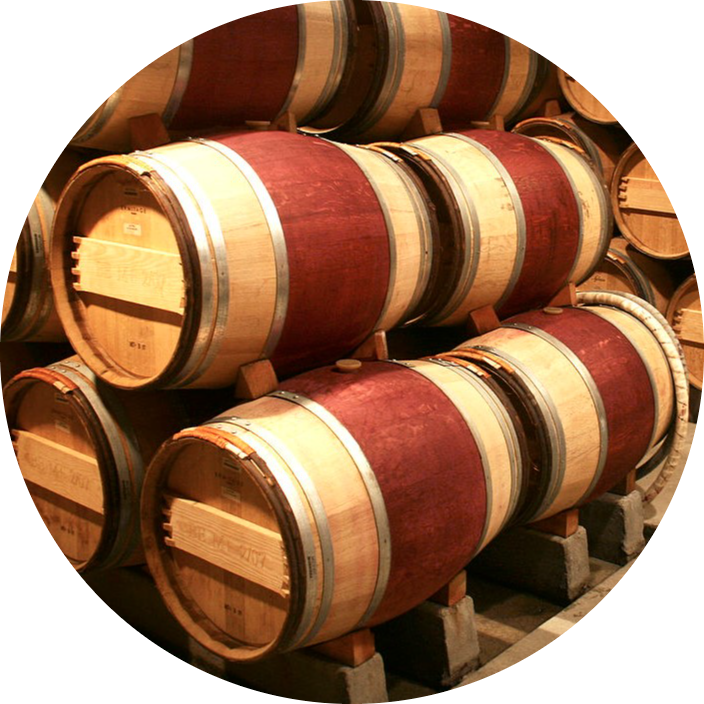
Stored in Barrels?
Traditionally, wines are matured in wooden containers, often crafted from Oak. These barrels allow controlled amounts of oxygen to interact with the wine within, while allowing water and alcohol escape. What do we achieve with this? You have it right! This process deepens richness while adding subtle nuances for your palate to reminisce.
The choice of barrel size and material too play a noteworthy role in the elaborate process. For example, some red table wines benefit from maturing in oak barrels of various sizes for two to three years. This period helps soften astringency, intensifies color, and develops a more complex flavor profile in the vintage. Have any recommendation for specific reds that you may have tried, that displayed these characteristics after being aged? If not, try out Chianti, or even Tempranillo. Comment out your personal favorites!
You know, this maturing doesn’t stop in the barrels. Some wines continue to evolve when aged in bottles.
A wine’s aging potential can vary based on factors like wine type, vine variety, vinting techniques used, storage conditions etc. Some are best enjoyed in their youthful state, while others can benefit from extended bottle aging.
Full-bodied red wines like Cabernet Sauvignon, Bordeaux blends, Barolo, and certain Syrah/Shiraz wines possess robust tannins and concentrated flavors that can improve with several years of aging. Noble sweet wines, such as Sauternes, Tokaji Aszú, and late-harvest Rieslings, develop rich honeyed notes and intensified flavors over time.
Young Tastes
But of course, not all varieties require extensive aging. The process varies significantly for these, influenced by multiple factors that determine their ideal aging duration.
Unlike their counterparts, these vintage sips are crafted to be enjoyed in their youth, providing immediate pleasure without the need for long-term cellaring. Again, factors like grape variety, vinting techniques, and intended style influence their aging. Wines with high acidity, vibrant fruit flavors, and a balanced structure tend to excel when consumed young.
These wines aim to capture and preserve freshness, fruitiness, and primary aromas. They are typically made from grapes that naturally possess these qualities, highlighting their inherent characteristics.
Choosing to drink these wines is driven by the enjoyment they offer. They provide prompt gratification, immediate accessibility, and are perfect for casual gatherings, spontaneous celebrations, or as accompaniments to lighter fare. Their expressive flavors make them a delightful choice for wine enthusiasts who value freshness and liveliness.
Whether it’s a crisp Sauvignon Blanc, lively Beaujolais Nouveau, or fruity Rosé, these wines deliver instant delight, showcasing their youthful charm and exuberance. Embrace their vibrant nature and savor them at their freshest and most expressive.
Ultimately, the decision of how long to age is subjective and can vary depending on personal preferences. Some enthusiasts enjoy the young energy of a wine, while others appreciate the nuanced flavors and tertiary characteristics that develop with extended aging. How do you like your wine? Comment below.
Bottling Stage
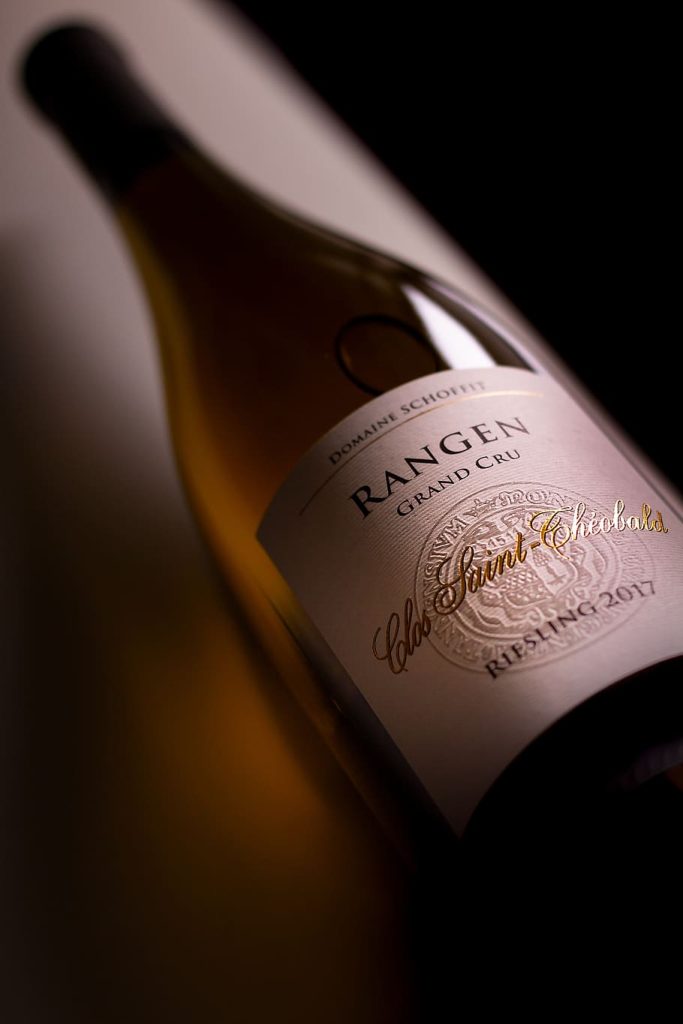
Is wine delivered to you in the barrel it was aged? NOPE! You receive it in a bottle, you store it in a bottle. Let’s talk about this magic that happens before wines reach your glass.
The bottling stage is crucial to preserving wine’s integrity. During this stage, winemakers employ various techniques to minimize oxygen exposure, which can have a detrimental effect on the wine’s freshness and flavor.
To reduce oxygen contact, methods such as bottom-filling, where the bottle is filled from the bottom, or flushing the bottle with inert gases like carbon dioxide or nitrogen before filling are often used. These techniques help create a barrier between the wine and the air, preserving its delicate characteristics. Share your insights on more such techniques in comments below with us!
Closures (Did you just think of “Closure” by Taylor Swift…)
When it comes to closures, vinters have a range of options to choose from, each with its own advantages and considerations.
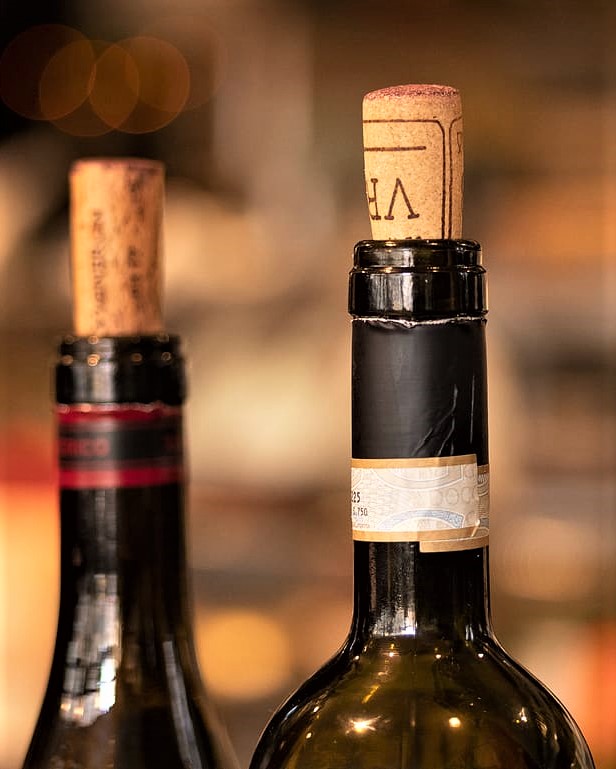
The Traditional Cork closure has long been associated with wine, providing an airtight seal and allowing for gradual oxygen exchange over time. Some enthusiasts appreciate the romance and ritual of uncorking a bottle sealed with a cork.
On the other hand, Screw Caps have gained popularity in recent years due to their convenience and reliable seal. They offer excellent protection against oxygen ingress, ensuring consistent quality and eliminating the risk of “corked” wine.
Do note, that the choice of closure can vary depending on the type of wine. Some wines benefit from the gradual oxygen exchange allowed by cork closures, which can contribute to their development and maturation over time. Other wines, particularly those meant to be consumed while young and fresh, may find a perfect match in the reliable seal provided by screw caps. What’s your choice of closures: Traditional Corks or easy Screw Caps? Share with us below!
We know you love your Wines, and can’t see them fade away. So, read away the Storage part too!
Correct Way to Store Wine
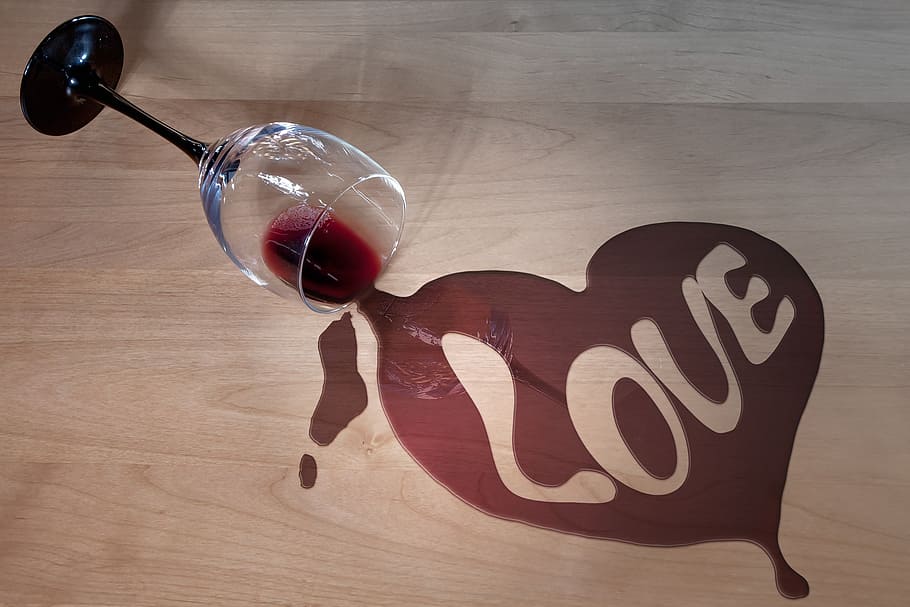
Everything’s fine till now. Now’s the part where your love steps in, showcasing how much you care about your malts!
Storing your collection aptly is necessary. This directly reflects your affection for them, the amount of value you have for them. Follow recommended guidelines such as below, to ensure graceful maturation, and preserved flavors, allowing you to appreciate the complex sips harmoniously.
- Maintain a consistent temperature range of 55-60°F (12-15°C) to prevent damaging fluctuations.
- Shield the bottles from direct light and heat to avoid degradation by avoiding storage near appliances or windows.
- Keep humidity levels between 60-70% to prevent cork drying and oxidation.
- Store the bottles horizontally to maintain a proper seal.
- Maintain a wine cellar. If you don’t have one, consider using a cool, dark closet or a temperature-controlled refrigerator.
- Minimize vibrations and disturbances, as they can negatively impact the aging process.
- Keep an organized inventory and track the aging potential of your wines for optimal enjoyment.
Conclusion
So, with your newfound knowledge of wine aging and storing, are you ready to savor the complex flavors and aromas that time can bestow upon a bottle of wine? Let’s raise our glasses and celebrate the eternal wonders of aged wines together!
As always, I can write for your blog or website!
Place an Order 😃